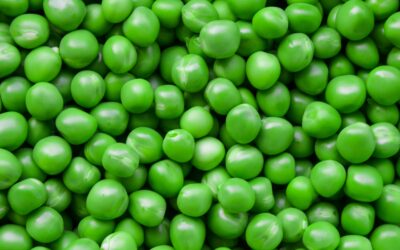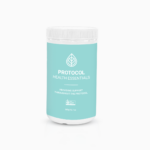All we need are all the ingredients, GM and nanotechnolgy included and then we’ll be able to make informed choices about the food we are eating.
Cyndi O’Meara
Australia’s review of food labelling laws is a major opportunity to simplify the food label landscape in Australia to benefit consumers, regulators and industry, the Australian Food and Grocery Council (AFGC) said on Friday.
For many years, Australia has suffered from complex and confusing food labelling regulations and policies which need to be comprehensively reviewed and overhauled, AFGC said following the release of a COAG consultation paper.
AFGC chief executive Kate Carnell said in the past, food labelling legislation in Australia has been developed in a fragmented way, which has frustrated industry and confused consumers.
“That’s why industry is calling for a comprehensive and robust food labelling policy to guide food labels into the future – this will help to resolve key issues including country of origin labelling, nutrition and health claims, product representation and label readability,” Ms Carnell said.
“Having this direction will help to reduce business costs, improve the quality of food labels and ultimately benefit Australian consumers who buy products on supermarket shelves.”
In its submission, AFGC highlighted that the review should also focus on extended food labelling for the future.
“We are entering an era where there’s no limit on the amount of information consumers can access about food with emerging mobile phone bar code scanning technologies and applications for the internet,” Carnell said.
“Extended food labelling will provide a huge benefit to people with food allergies and dietary needs and also allow people to know more about the composition of the foods they are eating.”
Carnell said industry had an important role to play on food labelling and had already achieved success with its voluntary front-of-pack labelling system called the Daily Intake Guide (DIG), which gives people the information needed to formulate a daily eating plan according to their individual needs and activity levels.
DIG labels appearing on more than more than 2,000 products and show the amount of energy, fat, saturated fat, sugar and salt in a recommended serve of the food.
Source: AFGC in FoodWeek Online, 8 March 2010, http://www.foodweek.com.au/main-features-page.aspx?ID=6709








0 Comments